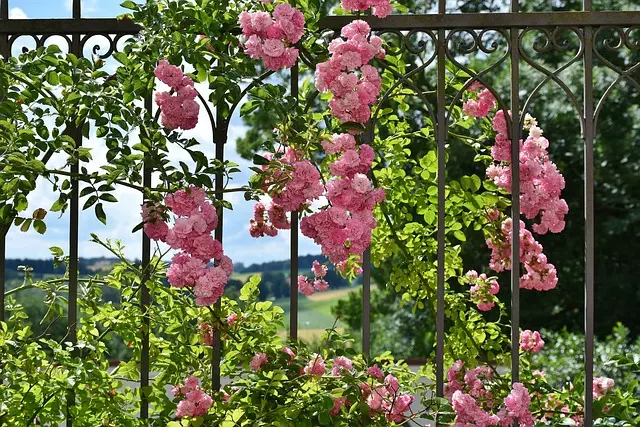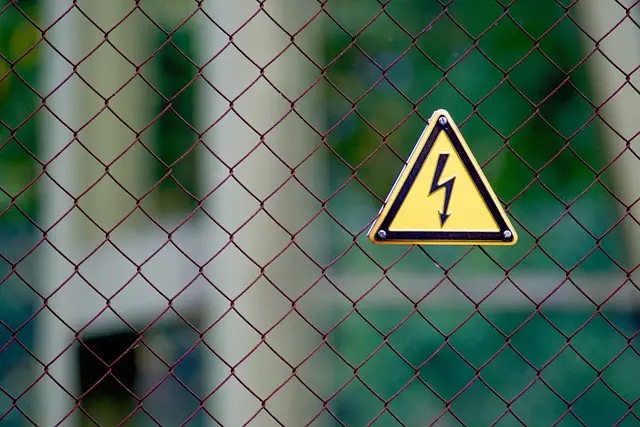Kratom enthusiasts often find themselves drawn to two prominent strains: white and green kratom. Each offers unique experiences, shaped by cultivation practices and geographic origins. This article explores the distinctions between these classics, focusing on their effects, potency, and uses. We then zoom in on Green Hulu Kratom Extract, a specialty product with its own set of benefits. Understanding the nuances between white and green, coupled with insights into Green Hulu’s special attributes, is key to making informed choices that align with personal goals, ensuring responsible kratom consumption.
- White Kratom vs Green kratom: Unraveling the Differences
- – Discuss the basic classifications and origins of white and green kratom strains.
- – Highlight the key differences in terms of effects, potency, and popular uses.
White Kratom vs Green kratom: Unraveling the Differences
White kratom and green kratom are two distinct varieties, each with its unique properties and effects. The primary difference lies in their processing and the time of harvest. White kratom is made from mature leaves that have been dried and processed to extract the active compounds. This process often involves a longer drying period, resulting in a more potent and intense effect compared to green kratom. On the other hand, green kratom uses younger leaves that are typically air-dried, preserving a milder and more balanced profile. The latter is known for its gentle yet stimulating properties, making it a popular choice for those seeking a subtle boost without the harsher effects of white kratom.
In terms of effects, white kratom is often associated with increased energy, focus, and motivation, while green kratom provides a more relaxed and calming sensation. White kratom users might experience a rapid energizing effect, making it suitable for daytime use. Green kratom, with its soothing properties, is frequently preferred in the evening or when seeking relief from stress and anxiety without causing drowsiness.
– Discuss the basic classifications and origins of white and green kratom strains.
White and green kratom strains are two of the most popular forms of this herb, each with distinct characteristics. White kratom is derived from the white veined leaves of the Kratom tree (Mitragyna speciosa), which are typically younger and more delicate than the green variety. This strain is known for its stimulating effects, often described as energizing and uplifting without causing jitteriness, a common side effect associated with other stimulants. White kratom is believed to have higher levels of 7-hydroxymitragynine (7-HMG), a potent alkaloid responsible for many of the herb’s effects.
In contrast, green kratom comes from mature leaves with darker green veins, giving it a different appearance and potential effects. Green kratom is often associated with more sedative qualities, promoting relaxation without causing drowsiness. It can be effective for managing stress, anxiety, and even pain. The exact composition of green kratom may vary depending on the specific strain and growing conditions, but it generally contains mitragynine, 7-HMG, and other alkaloids that contribute to its unique profile.
– Highlight the key differences in terms of effects, potency, and popular uses.
White kratom and green kratom are two distinct forms of this herbal extract, each with unique effects and properties. Green Hulu Kratom, our focus here, is renowned for its potent pain-relieving capabilities and stimulating effects without inducing paranoia or anxiety, a common concern with some white kratom varieties. The difference in potency arises from the plants’ varying levels of mitragynine, the primary active compound.
In terms of popular uses, Green Hulu Kratom has gained favor among users for its ability to promote relaxation without drowsiness. It’s often preferred for managing chronic pain, anxiety, and stress. White kratom, on the other hand, is known for its stronger sedative properties, making it more suitable for severe pain management and insomnia but potentially less ideal for daytime use due to its more intense effects.






